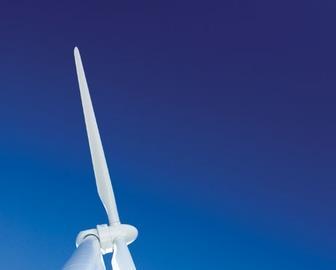Green energy schemes are struggling to raise finance, making the government’s target of generating 35% of electricity from renewable sources by 2020 look increasingly unachievable
The £3bn, 341-turbine London Array wind farm proposed for the Thames Estuary has been in jeopardy since May last year, when Shell pulled out citing spiralling costs.
Its developers are reportedly in talks with the European Investment Bank. Eon, Danish firm Dong Energy and Abu Dhabi energy fund Masdar, which replaced Shell on the project, are expected to decide whether to go ahead with the scheme by the summer.
A few weeks ago, the British Wind Energy Association (BWEA) warned the government that a £2bn funding shortfall was putting wind power schemes at risk and urged it to intervene. Nine wind farms, including the London Array and Npower’s £2.2bn Gwint y Mor farm off the Welsh coast, have planning permission but construction has not begun.
BP has cut its investment in alternative energy by about 30% internationally and Shell has said it will not invest in any new wind or solar power projects. Iberdrola Renewables, the world’s largest wind farm developer, is cutting its renewable energy investment from €3.8 billion in 2008 to €2 billion in 2009.
In the UK, projects must also run the gauntlet of the planning system, and the government’s decision to approve construction of the largest gas-fired power station in Britain at Pembroke has led to accusations of lack of commitment to renewable energy.
n Wind farm difficulties have implications for would-be developers of zero carbon homes. In its consultation document on the definition of zero carbon, the government sets out “allowable solutions” to count as a proportion of renewable energy generated on-site.
Among them is “any investment by the developer in LZC energy infrastructure (limited to the UK and UK waters) where the benefits of ownership of that investment are passed to the purchaser of the home.”
At the moment, this does not seem a viable option.
Source
Building Sustainable Design






















No comments yet